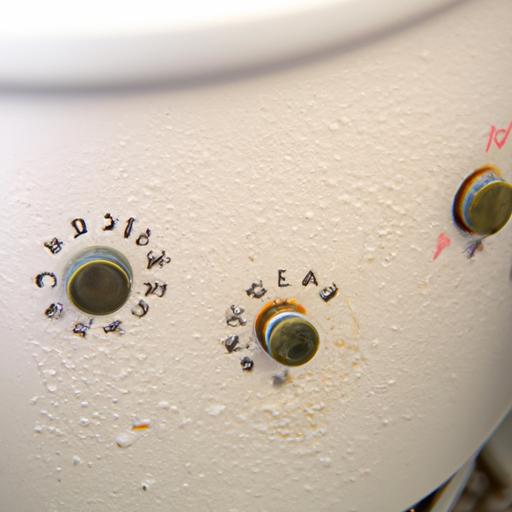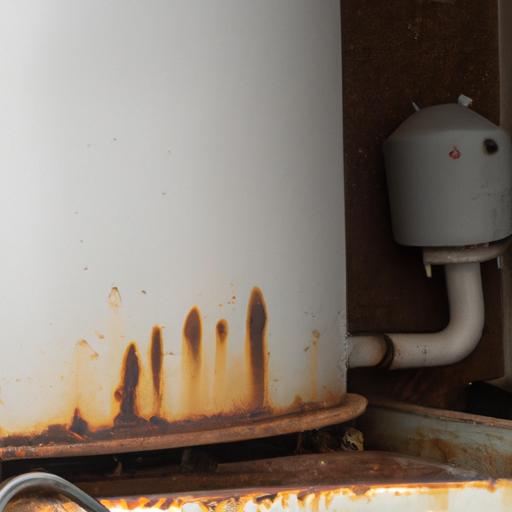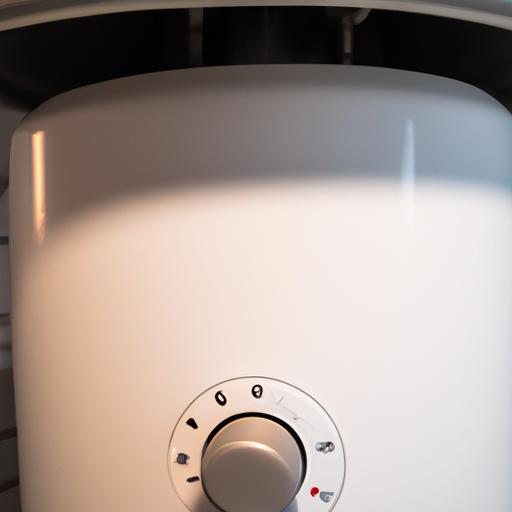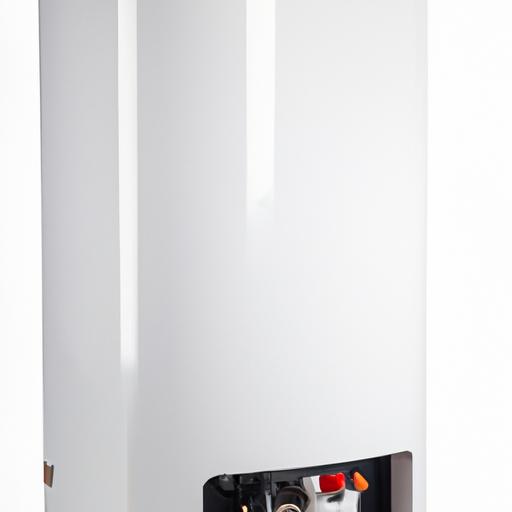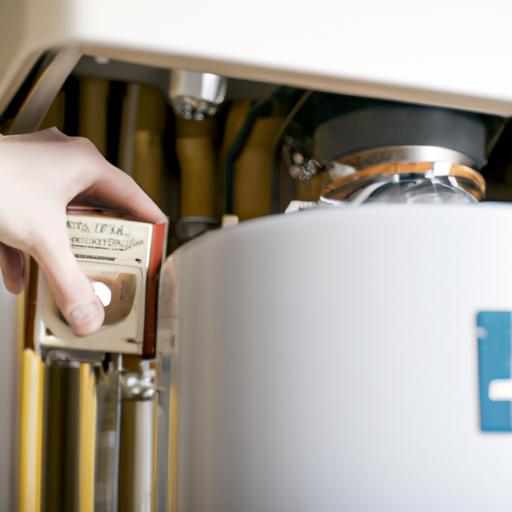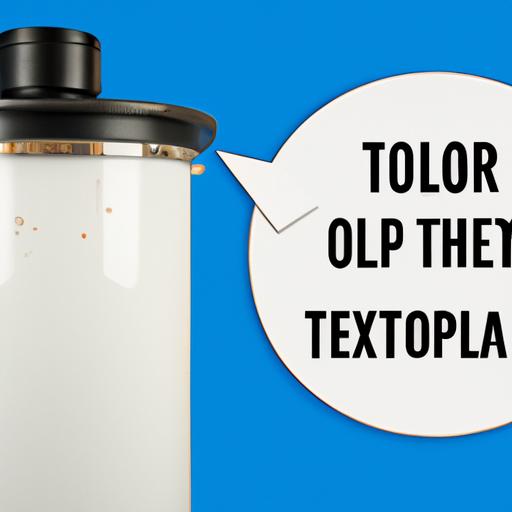Introduction to Parallel Water Heaters
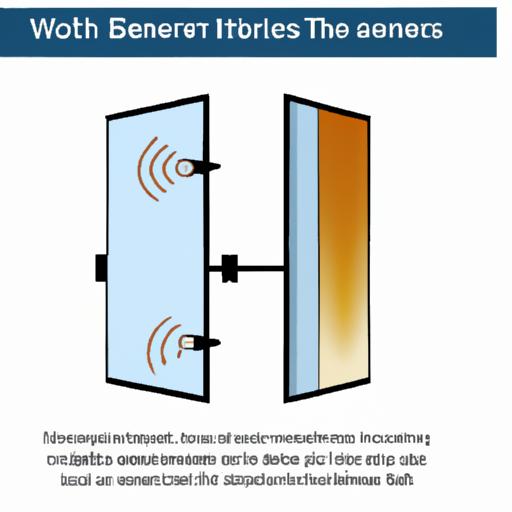
Picture this: You step into a soothing, warm shower after a long day, only to be greeted by a sudden blast of icy water. We’ve all been there, and it’s never a pleasant experience. But what if there was a way to ensure a constant supply of hot water, no matter the demand? Enter parallel water heaters, the superheroes of uninterrupted hot water. Discover at plumbingrepairtips.com!
A. Definition and Purpose of Parallel Water Heaters
Parallel water heaters, also known as multi-unit water heating systems, are a revolutionary solution designed to meet the high-demand requirements of modern households. Unlike traditional single water heaters, parallel systems consist of multiple units working together in harmony. By distributing the load evenly among the units, parallel water heaters provide an uninterrupted flow of hot water, even during peak usage.
B. Benefits of Using Parallel Water Heaters
Now, you might be wondering, what sets parallel water heaters apart from their single-unit counterparts? Well, let me enlighten you. With parallel systems, you can bid farewell to cold showers and hello to a luxurious bathing experience. These innovative systems offer a plethora of benefits, including:
- Endless Hot Water: Say goodbye to waiting for the water to heat back up. Parallel water heaters ensure a continuous supply of hot water, no matter how many showers are running simultaneously.
- Improved Performance: With multiple units working in tandem, parallel water heaters provide superior performance, delivering hot water at a consistent and desirable temperature.
- Energy Efficiency: By distributing the workload across multiple units, parallel systems reduce strain on individual heaters, resulting in improved energy efficiency and lower utility bills.
C. Importance of Optimizing Parallel Water Heaters for Energy Efficiency
Now, let’s talk efficiency. Optimizing parallel water heaters not only ensures a consistent hot water supply but also helps you save the environment and your hard-earned money. By fine-tuning your system for energy efficiency, you can minimize wastage and maximize performance, all while reducing your carbon footprint.
In the following sections, we will delve deeper into how parallel water heaters work, factors to consider when choosing them, installation and maintenance tips, troubleshooting common issues, and best practices for optimizing their performance. Buckle up, as we embark on a journey to unveil the secrets of parallel water heaters and unlock uninterrupted hot water bliss.
Stay tuned for Section 2, where we will explore the inner workings of parallel water heaters and how they ensure a steady flow of hot water.
Understanding How Parallel Water Heaters Work
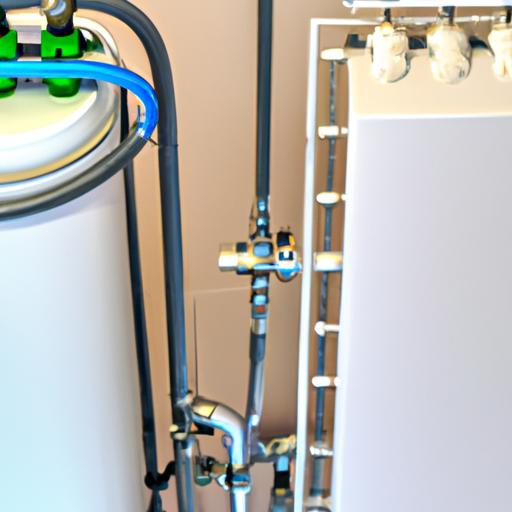
Imagine a symphony orchestra, each musician playing their own instrument, but harmonizing together to create a beautiful melody. Similarly, parallel water heaters work in perfect synchronization to deliver a continuous flow of hot water. Let’s dive into the inner workings of these ingenious systems.
A. Overview of Parallel Water Heater System
At the heart of a parallel water heater system lies a network of interconnected units, operating simultaneously to meet your hot water needs. When a hot water tap is turned on, the system springs into action, instantly sensing the demand and activating the necessary units to deliver the desired water temperature.
B. Explanation of the Components Involved
To understand how parallel water heaters work, it’s essential to familiarize yourself with the key components of the system:
- Water Storage Tank: Parallel systems may include a common storage tank or individual tanks for each unit. The tank(s) store and heat the water, ready for immediate use.
- Heat Exchangers: These devices transfer heat from a heating source, such as electric coils or gas burners, to the water within the system. Heat exchangers play a vital role in raising the water temperature to the desired level.
- Control Panel: The control panel acts as the brain of the parallel water heater system. It monitors water temperature, adjusts unit activation based on demand, and ensures optimal performance and energy efficiency.
C. Comparison to Traditional Single Water Heater Systems
Now, you might be wondering how parallel water heaters differ from their traditional single-unit counterparts. In traditional systems, a single heater is responsible for meeting the entire hot water demand of a household. This can lead to delays and temperature fluctuations when multiple hot water outlets are in use simultaneously.
Parallel water heaters, on the other hand, eliminate these limitations by distributing the workload among multiple units. By sharing the demand, parallel systems provide a constant flow of hot water, regardless of the number of showers, faucets, or appliances in use.
In the next section, we will explore the crucial factors to consider when choosing parallel water heaters, ensuring you find the perfect fit for your household’s hot water needs. Stay tuned for Section 3, where we will uncover the secrets to selecting the right parallel water heater system.
Factors to Consider When Choosing Parallel Water Heaters
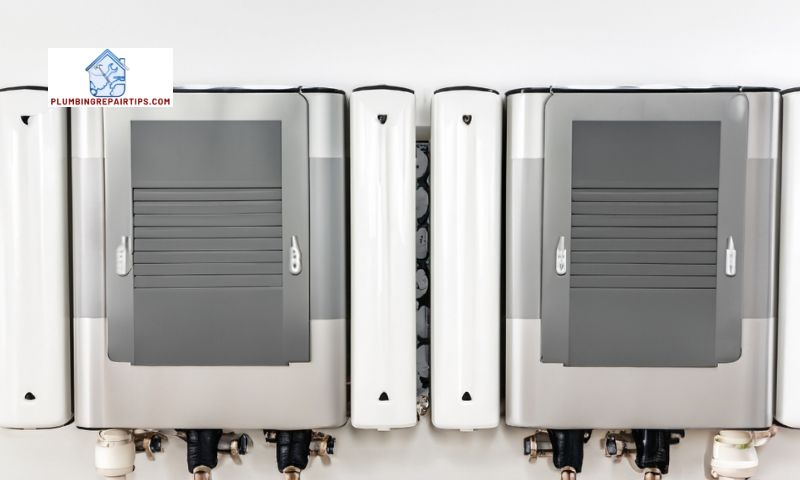
When it comes to selecting parallel water heaters for your home, there are several crucial factors that demand your attention. From sizing requirements to energy sources and cost considerations, making informed decisions will ensure optimal performance and satisfaction.
A. Sizing Requirements for Parallel Water Heaters
One size does not fit all when it comes to parallel water heaters. Determining the appropriate size is crucial to meet the hot water demand of your household. Consider factors such as the number of bathrooms, appliances, and simultaneous water usages. By accurately assessing your needs, you can avoid undersized systems leading to inadequate hot water supply or oversized ones resulting in unnecessary expenses.
B. Energy Source Options for Parallel Water Heaters
Parallel water heaters offer flexibility in terms of energy sources, allowing you to choose the most suitable option for your home. Electric, gas, and hybrid models are among the popular choices. Electric parallel water heaters are efficient and ideal for smaller households, while gas-powered systems are known for their fast recovery rates and are suitable for larger households with higher hot water demands. Hybrid models combine the benefits of both electric and gas systems, delivering energy-efficient performance.
C. Cost Considerations and Potential Savings
Before making a final decision, it’s essential to assess the cost implications and potential savings associated with parallel water heaters. While the initial investment might be higher compared to a traditional single-unit water heater, the long-term benefits are worth considering. Parallel systems ensure energy efficiency, which can lead to significant savings on your utility bills over time. Additionally, parallel water heaters offer enhanced durability, reducing the need for frequent replacements and maintenance costs.
By carefully evaluating sizing requirements, energy source options, and cost considerations, you can make an informed decision when choosing parallel water heaters that align with your specific needs and budget. In the next section, we will guide you through the installation and maintenance process to ensure seamless operation and long-lasting performance.
Stay tuned for Section 4, where we will provide a step-by-step guide to installing parallel water heaters and share important safety precautions to follow during the installation process.
Installation and Maintenance of Parallel Water Heaters
So, you’ve decided to embark on the journey of parallel water heaters – congratulations! Now, let’s dive into the essential aspects of installing and maintaining these efficient systems to ensure a seamless hot water experience.
A. Step-by-step guide to installing parallel water heaters
Before you roll up your sleeves, it’s crucial to have a clear understanding of the installation process. Follow these steps to set up your parallel water heater system:
- Assess Your Hot Water Needs: Evaluate the hot water requirements of your household to determine the number of units needed. Consider factors such as the number of bathrooms, appliances, and simultaneous hot water demands.
- Choose the Right Location: Find a suitable location with adequate ventilation and access to utility connections. Ensure the area is well-ventilated to prevent heat buildup and install the units in a central location for efficient distribution.
- Connect the Water Supply: Connect the water supply line to each unit, ensuring proper seals and leak-free connections. Consider using flexible connectors for ease of installation and future maintenance.
- Connect the Gas or Electrical Supply: If using gas-powered units, connect the gas supply lines, ensuring proper sealing and adherence to safety codes. For electric units, connect each heater to the electrical panel, following manufacturer guidelines.
- Ensure Proper Ventilation: If your parallel water heaters require venting, ensure the vent pipes are correctly installed, directing exhaust gases safely outside. Improper ventilation can lead to carbon monoxide buildup and pose a serious risk.
- Test and Adjust: Once the installation is complete, turn on the water supply and verify that each unit is functioning correctly. Adjust the temperature settings as desired to achieve optimal comfort.
B. Important safety precautions during installation
Safety should always be a top priority during the installation process. Keep these crucial precautions in mind:
- Shut Off Utilities: Before starting the installation, turn off the gas and electricity supply to the area where the parallel water heaters will be installed.
- Follow Manufacturer Instructions: Read and follow the manufacturer’s installation instructions meticulously. Each unit may have specific requirements and guidelines that must be adhered to.
- Proper Ventilation: Ensure proper ventilation to prevent the buildup of flammable gases and reduce the risk of carbon monoxide poisoning. Consult local building codes and guidelines for venting requirements.
- Professional Assistance: If you’re unsure of any aspect of the installation process, or if it involves complex electrical or gas connections, it’s best to seek the help of a licensed professional plumber or electrician.
C. Routine maintenance tips to ensure optimal performance
To keep your parallel water heaters operating at their best, regular maintenance is key. Here are some tips to help you maximize the performance and longevity of your system:
- Flush the Tanks: Periodically flush the tanks to remove sediment buildup, which can affect performance and efficiency. Follow the manufacturer’s instructions for proper flushing techniques.
- Check for Leaks: Inspect the connections, valves, and pipes regularly for any signs of leaks. Address any leaks promptly to prevent water damage and ensure efficient operation.
- Monitor Pressure and Temperature: Keep an eye on the pressure and temperature gauges on each unit. Abnormal readings could indicate a problem that requires attention.
- Annual Professional Inspection: Schedule an annual maintenance visit from a qualified technician who can inspect the entire system, check for potential issues, and perform any necessary repairs or adjustments.
By following these installation and maintenance guidelines, you can ensure a smooth and trouble-free experience with your parallel water heaters. Now that you have a grasp on the installation process and maintenance best practices, let’s move on to Section 5, where we’ll explore common issues that may arise with parallel water heaters and how to troubleshoot them effectively.
Conclusion
Congratulations! You are now well-versed in the world of parallel water heaters and the wonders they bring to your daily hot water needs. From understanding their definition and purpose to exploring the benefits they offer, we have covered it all. But before we bid farewell, let’s recap the highlights and emphasize the importance of optimizing parallel water heaters for maximum efficiency.
Parallel water heaters are the ultimate solution for uninterrupted hot water supply, ensuring you never have to endure another frigid shower again. By distributing the workload among multiple units, these systems deliver endless hot water, improve performance, and enhance energy efficiency. Say goodbye to waiting for the water to heat back up or worrying about running multiple showers simultaneously.
However, like any sophisticated system, parallel water heaters might encounter common issues along the way. From temperature fluctuations to inadequate water pressure, these problems can disrupt your hot water bliss. But fear not! We have provided you with essential troubleshooting techniques to identify and address these issues effectively. Remember, regular maintenance and timely troubleshooting can save you from unnecessary headaches and expenses.
While we encourage you to tackle minor issues yourself, it’s essential to know when to seek professional assistance. Complex problems or any concerns related to gas or electrical components should always be handled by qualified technicians. Your safety and the longevity of your parallel water heater system should never be compromised.
So, whether you’re a homeowner looking to upgrade your hot water system or a contractor seeking to offer the best solutions to your clients, parallel water heaters are the way to go. Embrace the power of parallel water heaters, optimize their energy efficiency, and enjoy a never-ending supply of hot water.
Remember, for all your plumbing needs and expert advice, visit plumbingrepairtips.com. We are committed to providing you with the latest insights, tips, and tricks to ensure your plumbing systems run smoothly. Stay tuned for more exciting content and embark on a journey of exceptional comfort and convenience.
Now, go forth and revel in the joy of uninterrupted hot showers with parallel water heaters!
